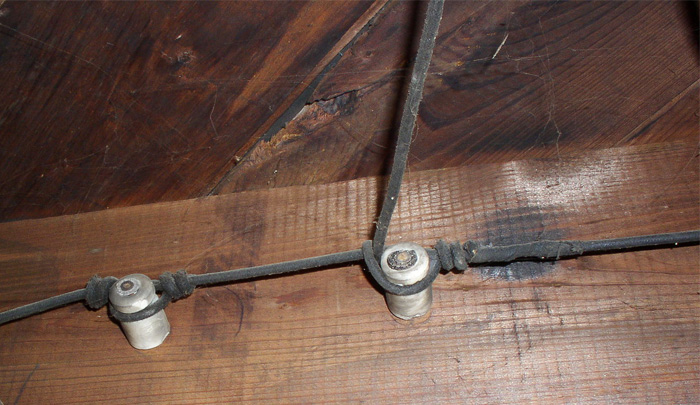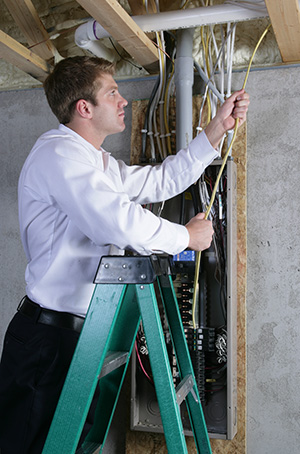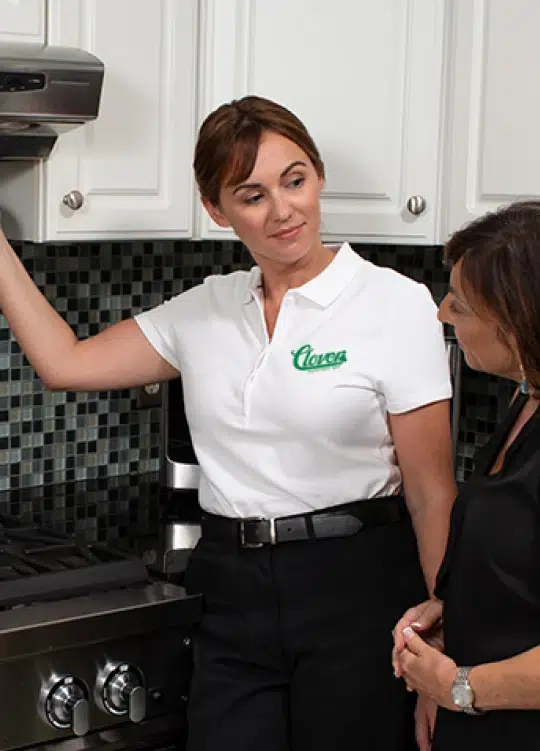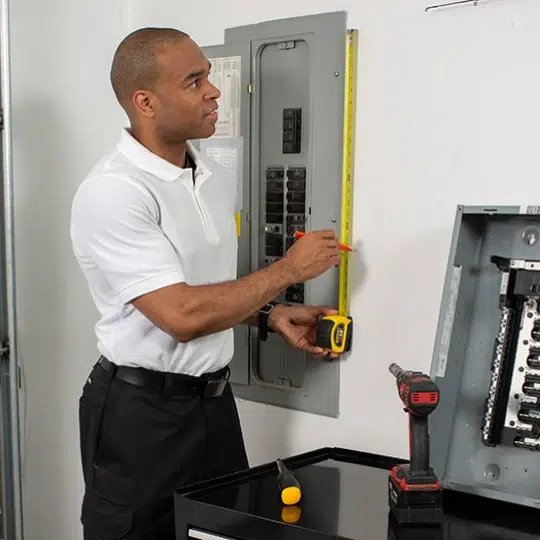Knob and tube refers to an electrical wiring system installed between 1900 and the 1940s. In Ohio, knob and tube wiring was very common and is still found in many homes today.
Watch This Video To Learn More
While it was cutting edge technology in 1900 it’s now considered a safety and fire hazard. In fact, some insurance companies will not insure your home if you have it or pay on a claim if a fire is caused by knob and tube wiring.
Is Knob And Tube Wiring Dangerous?
Yes. Knob and tube wiring is designed to dissipate heat into free air. Insulation will disturb this process. In fact, insulation around knob and tube wires will cause heat to build up, thus creating a fire hazard. The 2008 National Electrical Code (NEC) requires that this wiring system not be covered by insulation. Specifically, it states that this wiring system should not be in “…hollow spaces of walls, ceilings and attics where such spaces are insulated by loose, rolled or foamed-in-place insulating material that envelops the conductors.” If the knob and tube wiring has been unaltered, has been carefully maintained, and all repairs have been made by a licensed electrician, it should be safe to use. Unfortunately, this is almost never the case.
As the system ages and deteriorates, porcelain knobs and tubes may crack or break, old wires sag and fray, and the sheathing turns brittle and falls off, exposing the live wires. In addition, the wiring may have been damaged by foot traffic, building leaks, building movement, by shoddy DYIers or other unqualified contracting work.
The bottom line? Knob and tube wiring needs to be replaced. A visit by an experienced Clover Electric electrician will provide you with exactly the information you need. We’ll do a careful assessment of your home and provide you with a plan of action that is best suited to your home and your budget.




